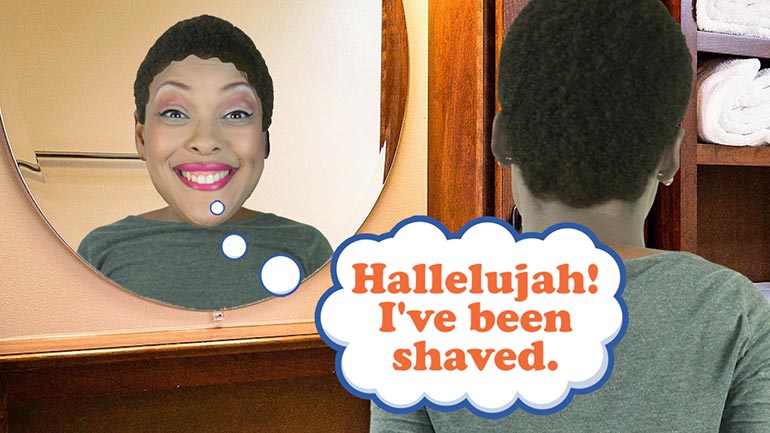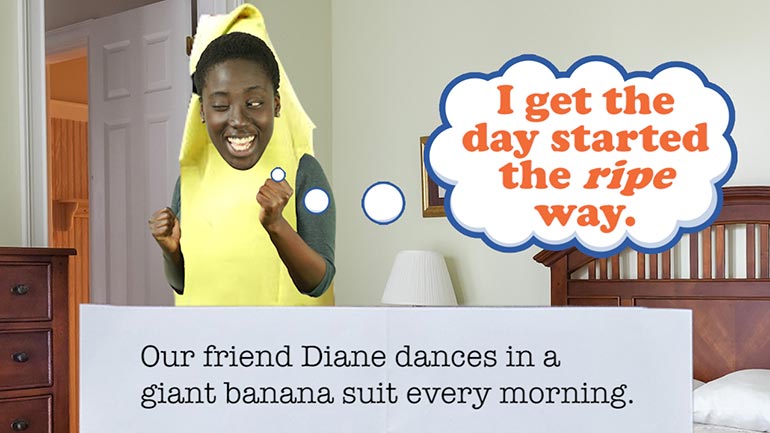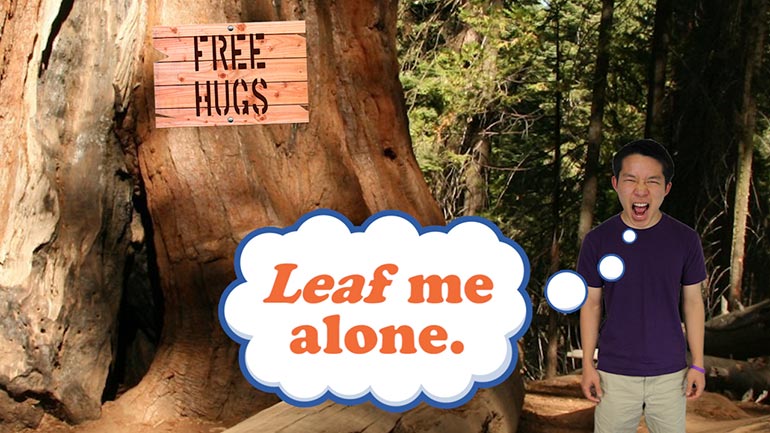ShmoopTube
Where Monty Python meets your 10th grade teacher.
Search Thousands of Shmoop Videos
Science 4: What's This Part of My Eye For? 5 Views
Share It!
Description:
Just point to the part of your eye that you want to know about and—wait, hold it. Maybe...let's just keep the fingers away from the eyes. We'll go over each part in this video anyway.
Transcript
- 00:04
[Dino and Coop singing]
- 00:13
Studying the human eye can be tricky business.
- 00:15
And not just because people don't appreciate it when you start poking their eyes. [A pointed finger going towards a mans eye]
- 00:18
It turns out the human eye has all sorts of complicated, delicate parts, that work together [Man shouts and scrunches up his face]
- 00:23
like the components of a clock.
Full Transcript
- 00:24
But don't try to tell time with an eyeball. [Magnifying glass over an eye shows a clock mechanism]
- 00:26
Again, people don't like that.
- 00:28
We don't know why… [Girl looks annoyed]
- 00:29
The human eye has one main function: to translate light into information that the brain can [Coop pointing at a blackboard]
- 00:33
use.
- 00:34
It all starts with the cornea.
- 00:35
It's the transparent front part of the eye, and it's where light initially enters. [Light waves hitting the eye]
- 00:39
It also helps the eye to focus, like a fancy camera lens. [Someone adjusting a camera lens]
- 00:42
Though, unlike a fancy camera lens, you didn't have to pay thousands of bucks for your corneas. [Man holding lots of money]
- 00:46
Or maybe you did….you clever, secret Cyborg, you…. [Mans face falls off and reveals his robot face]
- 00:50
After the light passes through the cornea, it comes to the iris.
- 00:53
You might know the iris as the colored part of the eye, but it also controls how much [A diagram of the eye with the iris shown]
- 00:56
light gets inside.
- 00:57
If the eye happens to be somewhere dark, the iris might open up real wide, to let in a [Pupil widens]
- 01:01
lot of light…
- 01:02
…but if it's bright out, it'll close up, letting in less light. [Pupil shrinks]
- 01:05
It's kind of like the eye's bouncer.
- 01:07
Well…it would be, if bouncers came in all sorts of pretty colors, like green, blue,
- 01:11
and hazel.
- 01:12
Next up on light's tour of the human eye is the pupil. [The bouncer turns people away]
- 01:15
That's the black hole in the middle of the iris, and where light travels through to get
- 01:18
inside of the eye.
- 01:19
And sure, the iris might be doing most of the heavy lifting as far as opening and closing,
- 01:23
but that doesn't mean the pupil doesn't do any lifting.
- 01:26
Having passed through the pupil, the light slams into the lens: the second part of the [The lens is shown]
- 01:29
eye that helps to focus the light, so that it can reach its final destination…
- 01:33
…the retina.
- 01:34
The retina does the hard work of translating the light into a bunch of signals that the [Dino pointing at a blackboard]
- 01:38
brain can then understand.
- 01:39
If it weren't for the retina, you'd probably need a translation dictionary from light language [Man on a surgery table]
- 01:44
to brain language shoved into your skull. [Dictionary is shoved into the mans head]
- 01:46
No thank you.
- 01:47
That sounds painful.
- 01:49
Once that light information has been translated into brain language, though, it still needs
- 01:52
to actually get to the brain.
- 01:53
And that's where the optic nerve comes in. [The optic nerve is shown]
- 01:56
It's the superhighway that all that information speeds along on its way to the brain. [Coop pointing at a blackboard]
- 02:00
And unlike regular highways, there are thankfully no twenty-car pileups along the optic nerve. [Pile of burning cars]
- 02:05
So next time you're watching a YouTube video of a cat jumping in and out of a box, think
- 02:08
about how much work it took your eye to get all that information to your brain. [Girl looks excited as she watches the cat video]
- 02:12
And remember, your eye bouncer is always watching.
- 02:13
So pick a good video. [The bouncer says "You should be watching Shmoop."]
Up Next
Sticks and stones, right? Well...only sometimes. It's a good idea to make sure your words aren't going to hurt others. Let's look at some ways to d...
Related Videos
Learn to debate like a champ. It's way better than debating like a chimp. That just takes mudslinging to a whole new level.
Today we'll learn about biographies and autobiographies. And no, the second one has nothing to do with the lives of cars.
In this lesson we'll subject you to some verbs and predicates. Each one is a necessary part of a complete breakfas—er...sentence.
Choosing words carefully is important. You may end up vexing the assemblage of citizens you're conversing with...or you might even just plain bore...




